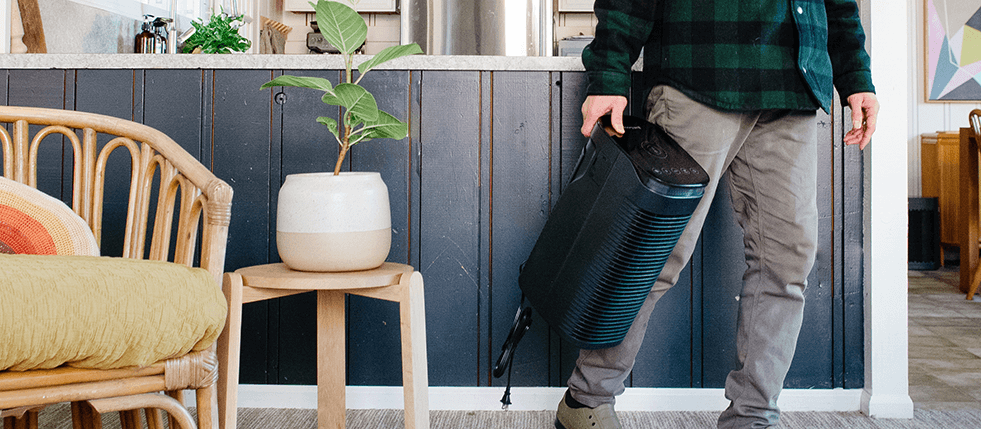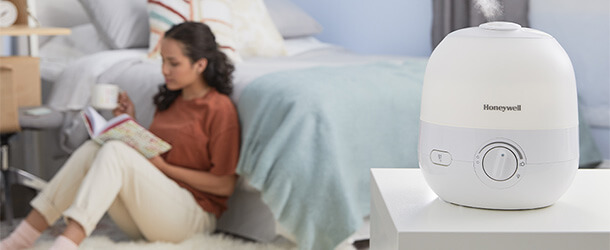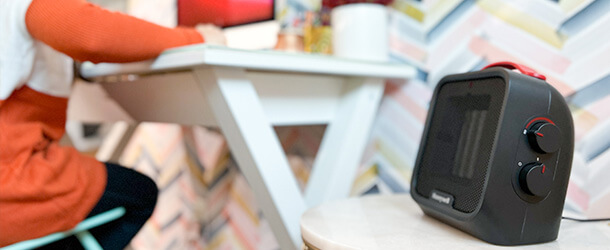Blog
Cool Humidifier Comparison Top Models Analyzed for Optimal Indoor Comfort
In recent years, the importance of maintaining optimal indoor humidity levels has garnered significant attention from both consumers and health experts alike. According to a report from the Environmental Protection Agency (EPA), ideal indoor humidity levels should range between 30% and 50% to promote both comfort and health. Insufficient humidity can lead to respiratory issues, dry skin, and even increased susceptibility to infections. This is particularly relevant in the colder months when heating systems can severely dry out the air.

Cool humidifiers have emerged as a popular solution, offering a way to add moisture to the environment without altering the temperature. In this blog, we will conduct a comprehensive comparison of top cool humidifier models, analyzing their features, efficiency, and suitability for various indoor settings to help you make an informed decision for maintaining optimal indoor comfort.
Understanding the Importance of Humidifiers for Indoor Comfort
Humidifiers play a crucial role in maintaining indoor comfort, particularly in regions with varying climate conditions. According to a report by the Environmental Protection Agency, maintaining indoor humidity levels between 30% and 50% is essential not just for comfort, but also for health. Low humidity can lead to dry skin, respiratory issues, and discomfort, while excessively high humidity can promote mold growth and dust mites, exacerbating allergies.
When selecting a humidifier, it’s important to consider the size of the space and the humidifier's capacity. For instance, a study by the American Society of Home Inspectors suggests that using a cool mist humidifier can help alleviate symptoms of dry air, especially in the winter months when heating systems can drastically reduce indoor humidity. It is recommended to opt for models equipped with a built-in hygrometer to monitor humidity levels accurately.
Tips for maintaining optimal indoor humidity include regularly cleaning your humidifier to prevent mold growth and using distilled water for a cleaner mist. Additionally, placing a hygrometer in your home can provide real-time humidity level readings, allowing for timely adjustments. By understanding the significance of humidifiers in achieving indoor comfort, you can make informed choices that enhance your living environment.
Key Features to Look for in a Quality Humidifier
When selecting a quality humidifier for optimal indoor comfort, several key features should be considered to ensure you make the right choice. First and foremost, the humidifier's capacity is crucial. This determines how much moisture the unit can add to the air and is often measured in square feet coverage. For larger rooms, a model with a higher capacity or multiple settings would be ideal, ensuring that every corner of the area receives adequate humidity.

Another important aspect to evaluate is the humidifier type. There are various types available, including evaporative, ultrasonic, and steam vaporizers, each with its pros and cons. For instance, ultrasonic humidifiers are generally quieter and energy-efficient, while evaporative models tend to self-regulate humidity levels. Additionally, look for features such as easy maintenance, filter availability, and even additional functionalities like integrated hygrometers or automatic shut-off systems. A good humidifier should not only enhance indoor air quality but also cater to your personal needs and preferences.
Comparative Analysis of the Top Humidifier Models on the Market
In the quest for optimal indoor comfort, the comparative analysis of top humidifier models stands out as a crucial factor. According to recent market trends, global humidifier sales are projected to reach USD 3.81 billion in 2025, with a significant growth trajectory expected to continue, culminating in USD 7.08 billion by 2035. This growth reflects an increasing consumer demand for products that can enhance air quality and alleviate discomforts associated with dry indoor environments.
A thorough evaluation of this year’s leading humidifiers reveals that we've tested 65 models, identifying five that stood out for their effectiveness and ease of maintenance. The testing criteria examined both ultrasonic and evaporative humidifiers, highlighting the importance of performance efficiency, cost-effectiveness, and user-friendliness. As homeowners increasingly prioritize indoor air quality, understanding these distinctions will help in making informed purchasing decisions, particularly in the context of a market that emphasizes the health benefits of proper humidity levels.
Comparison of Top Humidifier Models Based on Key Features
Pros and Cons of Different Humidifier Types for Home Use
When considering a humidifier for home use, it's essential to weigh the pros and cons of different types to achieve optimal indoor comfort. According to a report by the Environmental Protection Agency, maintaining indoor humidity levels between 30% and 50% can significantly improve air quality and reduce the spread of viruses, making a humidifier a valuable addition to any home.
Ultrasonic humidifiers, for instance, are known for their quiet operation and energy efficiency, consuming as little as 30 watts of power. However, they require regular cleaning to prevent the growth of mold and bacteria, which can undermine their health benefits. On the other hand, steam vaporizers can effectively kill germs during the heating process and are generally cheap to purchase. Despite this, they consume more energy compared to other humidifier types and can pose a burn risk in households with young children.
Evaporative humidifiers, which utilize a fan to blow air through a wet wick, offer the benefit of self-regulating humidity levels. This means they automatically stop producing mist when humidity reaches optimal levels, reducing risks of over-humidification. However, they often involve higher maintenance due to the need for filter replacements, affecting long-term costs. Overall, understanding the characteristics and implications of each humidifier type can guide homeowners to make informed decisions tailored to their specific needs.
Maintenance Tips for Maximizing Humidifier Efficiency and Longevity
When it comes to maximizing the efficiency and longevity of your humidifier, proper maintenance is key. Regular cleaning is essential to prevent mold and bacteria build-up, which can affect the air quality and the performance of your device. To simplify the process, opt for models that are easy to disassemble and clean. Some of the latest humidifiers on the market come with features designed to make maintenance a breeze, allowing users to enjoy the benefits of moisture without the hassle.

Incorporating a routine cleaning schedule is also beneficial. Make it a habit to empty and clean the water tank at least once a week, using a mixture of water and vinegar to tackle any mineral deposits. Additionally, consider investing in a humidifier that offers filters or other features that minimize the need for frequent cleaning. With the right model and a little upkeep, you can ensure your humidifier not only provides optimal indoor comfort but also lasts for many seasons to come.
Related Posts
-
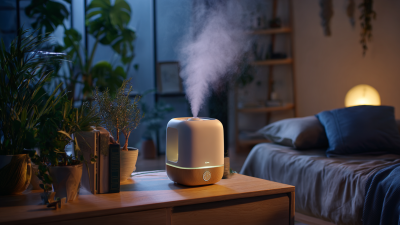
How Air Mist Humidifiers Improve Indoor Air Quality: Insights and Key Benefits
-
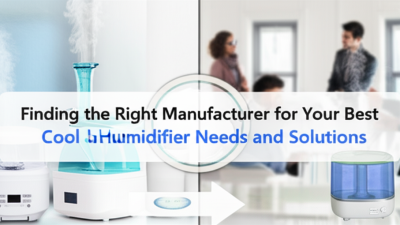
Finding the Right Manufacturer for Your Best Cool Humidifier Needs and Solutions
-
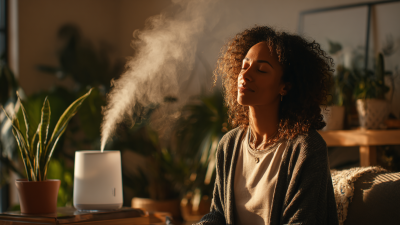
Understanding Import and Export Certifications for the Best Cool Humidifier in Global Markets
-
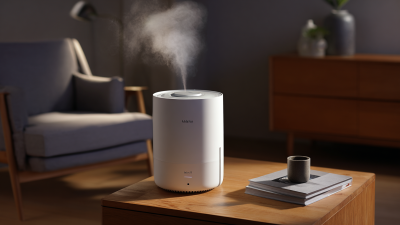
Discover the Excellence of Chinese Manufacturing with the Best Cool Humidifier on the Global Stage
-
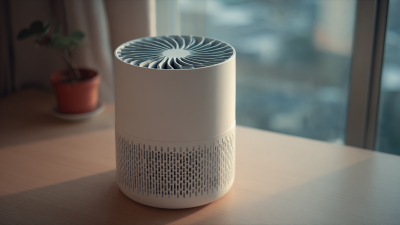
How to Select the Best Portable Air Purifier for Your Needs
-
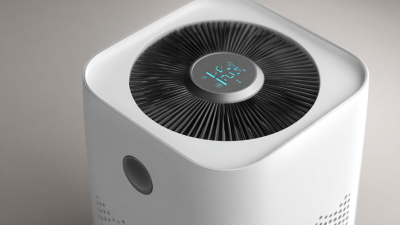
How to Choose the Best Air Cleaner Understanding Key Specifications and Features





